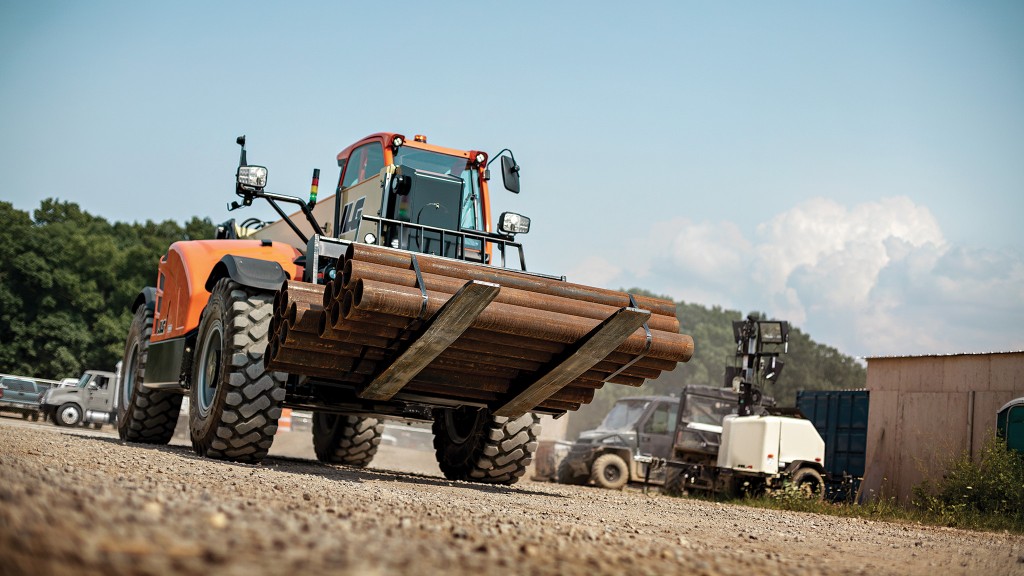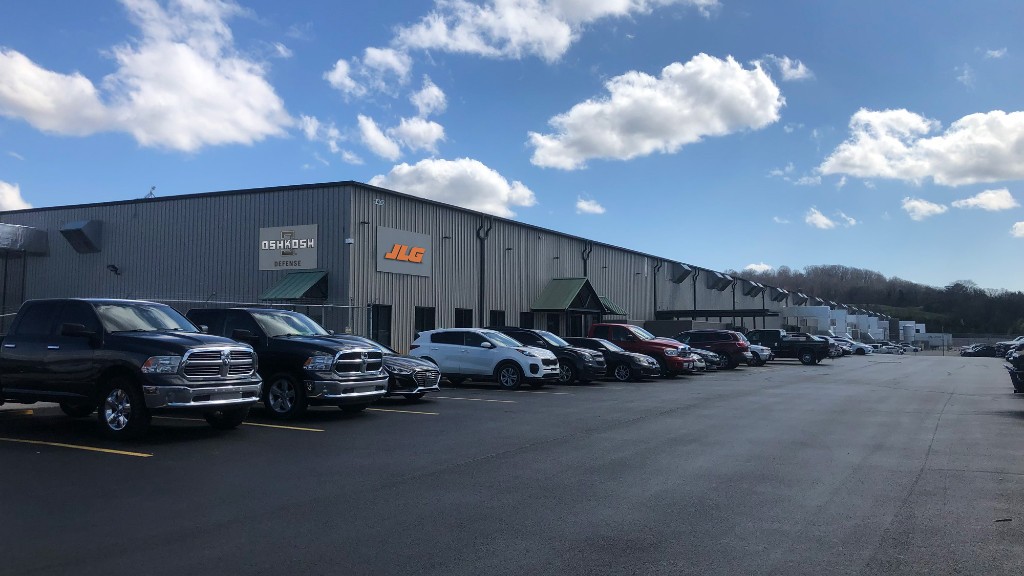
Telehandlers are extremely versatile machines to have on job sites thanks to their ability to complete so many different tasks, like loading (and unloading), picking up, carrying around, moving from place to place, and lifting and placing materials and tools. In addition, their ability to place and retrieve loads at height provide obvious advantages over more traditional construction machines like wheel loaders, skid steers, or vertical mast forklift trucks. This flexibility means that telehandlers are often one of the most highly utilized machines on a job site.
It also means that the most common challenge with telehandlers, from a user's perspective, is selecting the right machine to meet project requirements or job site needs. Why? Because these machines have one distinct and dynamic feature – the telescopic quality of the model – that must be considered during the selection process.
With so many different models and size classes to choose from, rental centres will ask customers detailed questions about the work that needs to be completed to make sure they understand how much weight will require lifting and how much reach is needed to place the load. These two criteria are the starting point in selecting the right model. With this information, you can utilize a telehandler's load capacity chart to determine which model is right for your project.
How to understand a telehandler's load capacity chart
Since telehandlers also have the unique potential to extend those materials away from the vehicle with the telescoping boom, it is up to the machine's operator to assure the material they are lifting, placing, or carrying is within the rated capability of the unit. Understanding the elements that go into the successful placement of a load are vital to effectively using a telehandler.
One of the resources you need to consult before using a telehandler is the machine's load capacity chart. Every telehandler is equipped with one for each of the different attachments it can support, such as a fork carriage, bucket, or truss boom. The load capacity chart highlights two key elements: a telehandler's operating range and its operating envelope.
- The operating range of the telehandler reflects minimum and maximum boom angles, as well as fully retracted and extended boom positions.
- The operating envelope is located relative to the load centre position of the attachment.
A load capacity chart looks like the example in fig. 1.
To effectively utilize the load capacity chart, you must initially determine some basic criteria:
- The weight of the product or material being elevated
- Desired height or reach that needs to be achieved
The model's load capabilities
Once equipped with this information, the load capacity chart will provide you with guidance that will allow you to confidently utilize your telehandler. For example, once you have successfully paired the weight and telehandler model, you can use the load chart to assess the load placement or retrieval position. Because boom angles and extensions are an integral part of every load capacity chart, you will use boom angle and extension information to place or retrieve the intended load at the required height and reach.
As an example, using the load capacity chart shown in fig. 2 for reference, if you need to place a 5,000-pound palletized load (with a load centre of 24 inches) at a height of 20 feet and a reach of 20 feet, the rental store would suggest that you opt for utilizing a fork carriage attachment. Knowing this is the attachment you will be using, when you review your telehandler's load capacity chart you would determine the boom angle, the boom extension and the corresponding zone to successfully place the load.
How to understand a telehandler's horsepower rating
Once you've consulted a telehandler's load capacity chart to understand what size machine you'll need, you'll have to decide how much horsepower is needed for the application.
Today's telehandler engines are regulated by the U.S. EPA under the Tier 4 guidelines, which are based on the engine power and are divided into specific power ranges. For each specific power range, the EPA dictates what can be found in a Tier 4 engine's exhaust, such as particulate matter and how much of each type of content, as well emissions, is permissible. Every Tier 4 Final telehandler will come with details about how its different engine options meet the current emission regulations.
With the strict engine emission regulations required for Tier 4 compliance, there's an important breakpoint in the telehandler horsepower ranges to understand – above or below 74 hp (55 kW) – when choosing one engine option over another.
The advantage of engines below 74 hp is that they meet current clean-air standards without diesel exhaust fluid (DEF) aftertreatment. For most rental applications, including general construction use, a telehandler with a 74-hp engine will deliver plenty of power for machine operations.
The compromise with engines above 74 hp is that these machines require the use of DEF.
With multiple choices available for each telehandler model, it's important to work with your rental centre to understand the differences between lower and higher horsepower engine options, which will help you determine the right engine type for your job site.
By truly understanding your project requirements and a telehandler's load capacity chart and horsepower rating, rental centres will be able to assist you in the selection and delivery of the right telehandler for your job – and even when it becomes appropriate to swap out machines, if necessary, as the project progresses.
John Boehme is a senior product manager at JLG.



